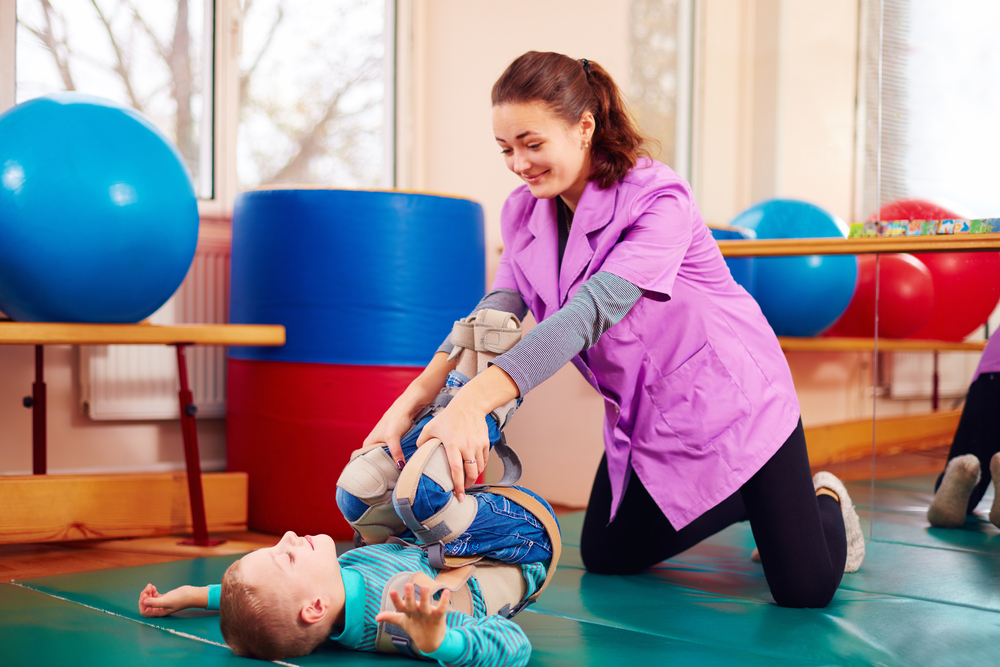Dopamine Gene Variation Influences How Children with CP Do on Movement Training, Study Suggests

Genetic variations that affect how well the neurotransmitter dopamine generates nerve cell signals can influence how well children with cerebral palsy do on movement training, a study suggests.
In fact, the variations may help predict the children’s response, researchers said.
The report, “Genetic Variation in the Dopamine System Influences Intervention Outcome in Children with Cerebral Palsy,” was published in the journal EBioMedicine.
Children with cerebral palsy show a wide range of response to treatments. Identifying causes of this variability would be “an important step in the advancement of personalized rehabilitation medicine,” the researchers wrote.
Two signaling pathways may play a role in children responding to therapy differently. Dopamine and a protein known as brain-derived neurotrophic factor, or BDNF, regulate the pathways, which are involved in movement learning and the brain’s ability to change and adapt.
Researchers wanted to see if variations in the genes that produce dopamine and BDNF can affect how children do on the modified Constraint Movement Therapy program.
The team studied 33 children aged 1 1/2 to 5 who had participated in clinical trials that involved training one hand two hours a day for two months.
Researchers used a yardstick known as Assisting Hand Assessment before and after the training to evaluate how well the children did on it.
As part of the study, the children provided researchers with a saliva sample to see which of five dopamine genes they had – COMT, DAT, DRD1, DRD2, or DRD3 – along with which variations of the BDNF gene they had.
The analysis revealed a “statistically significant association between variation in dopamine genes and treatment outcome,” the researchers wrote. No association was detected for variations of the BDNF gene.
Some of the dopamine genes facilitated nerve cell signal transmission better than others. And the better the transmission, the better the children did on the training, researchers said.
This prompted the team to write that “the effectiveness of interventions based on active motor [movement] learning and training depends on dopamine-mediated regulation of cortico-striatal plasticity,” or the brain’s ability to change and adapt.
Overall, the findings suggest that “naturally occurring genetic variation in the dopamine system can influence treatment outcomes in children with cerebral palsy,” they wrote.
This means that dopamine transmission scores could be “valid for treatment outcome prediction and for designing individually tailored interventions for children with cerebral palsy,” the team concluded.


